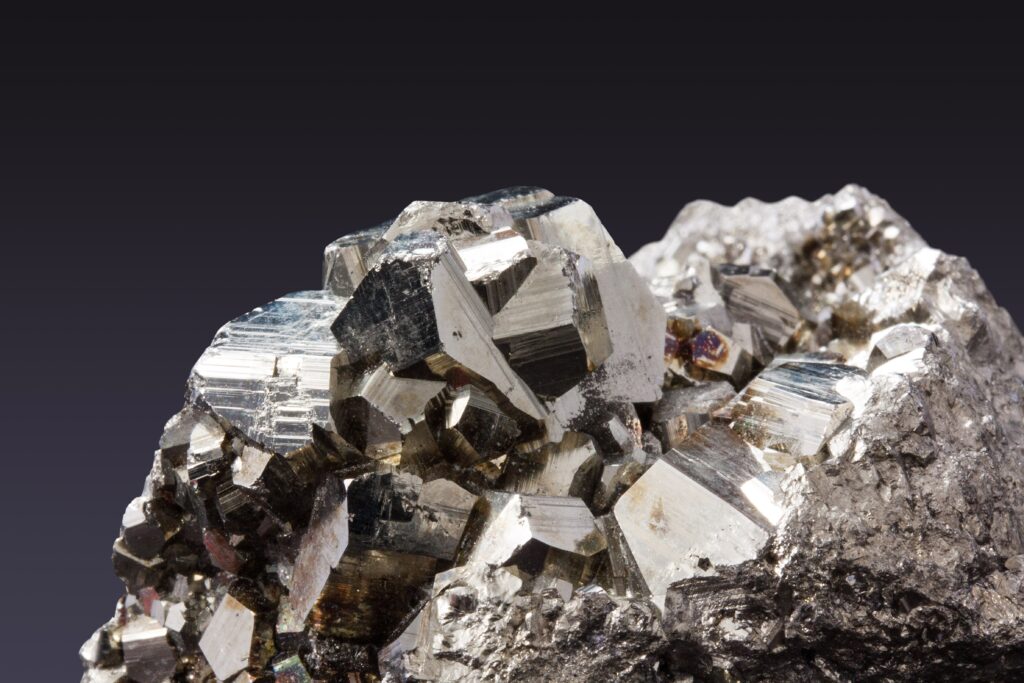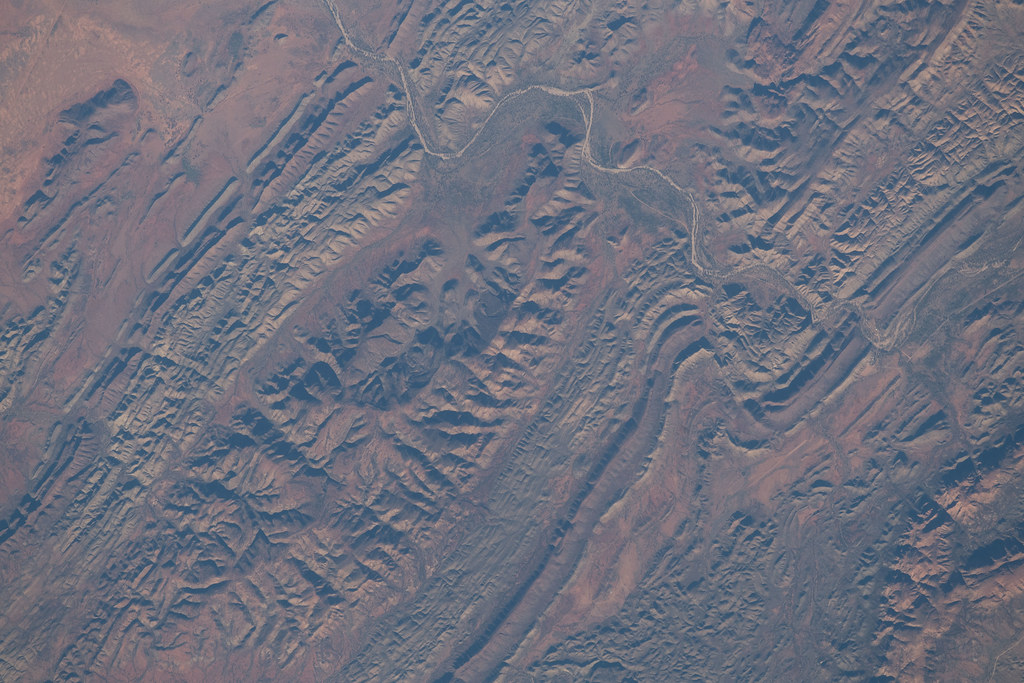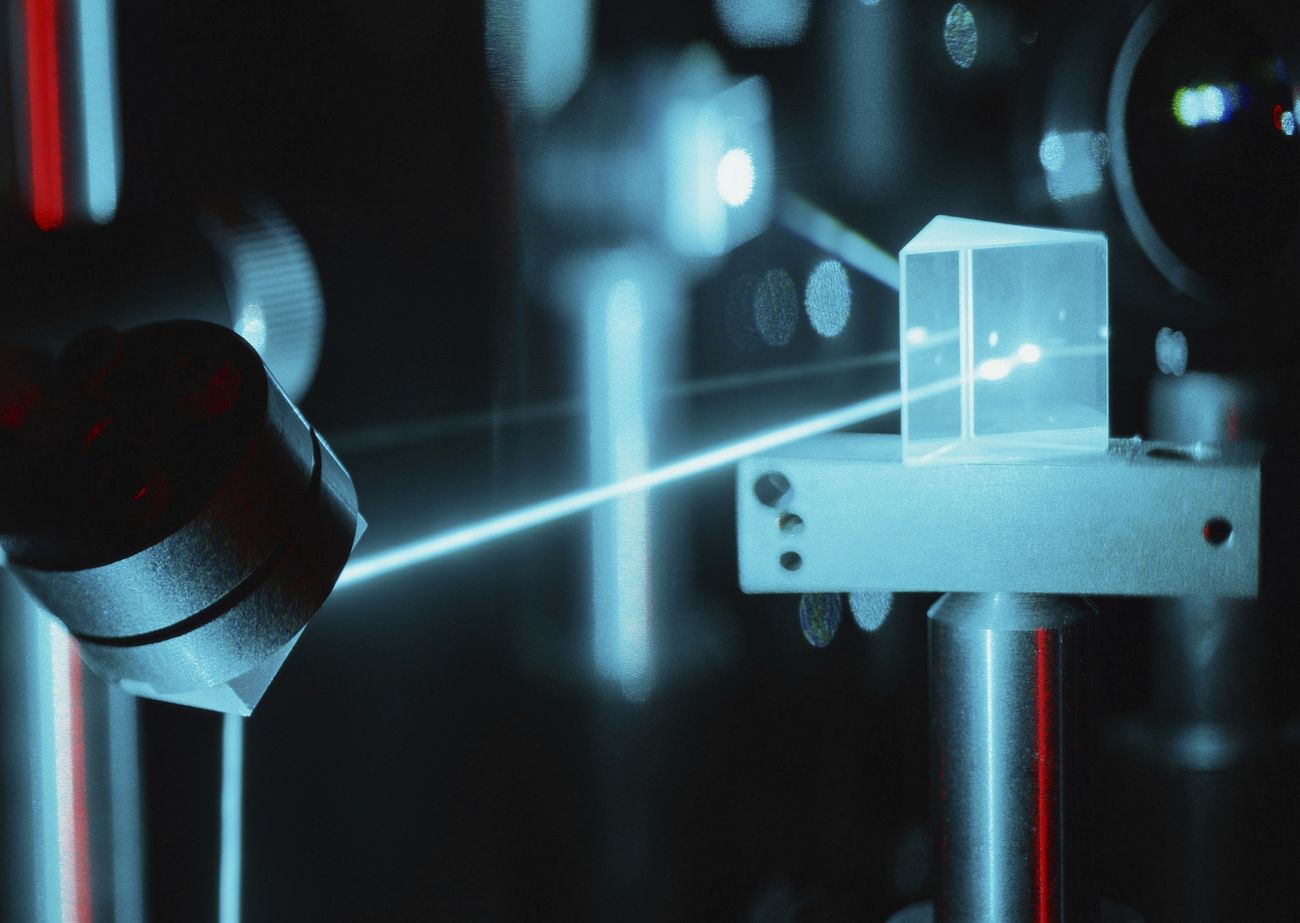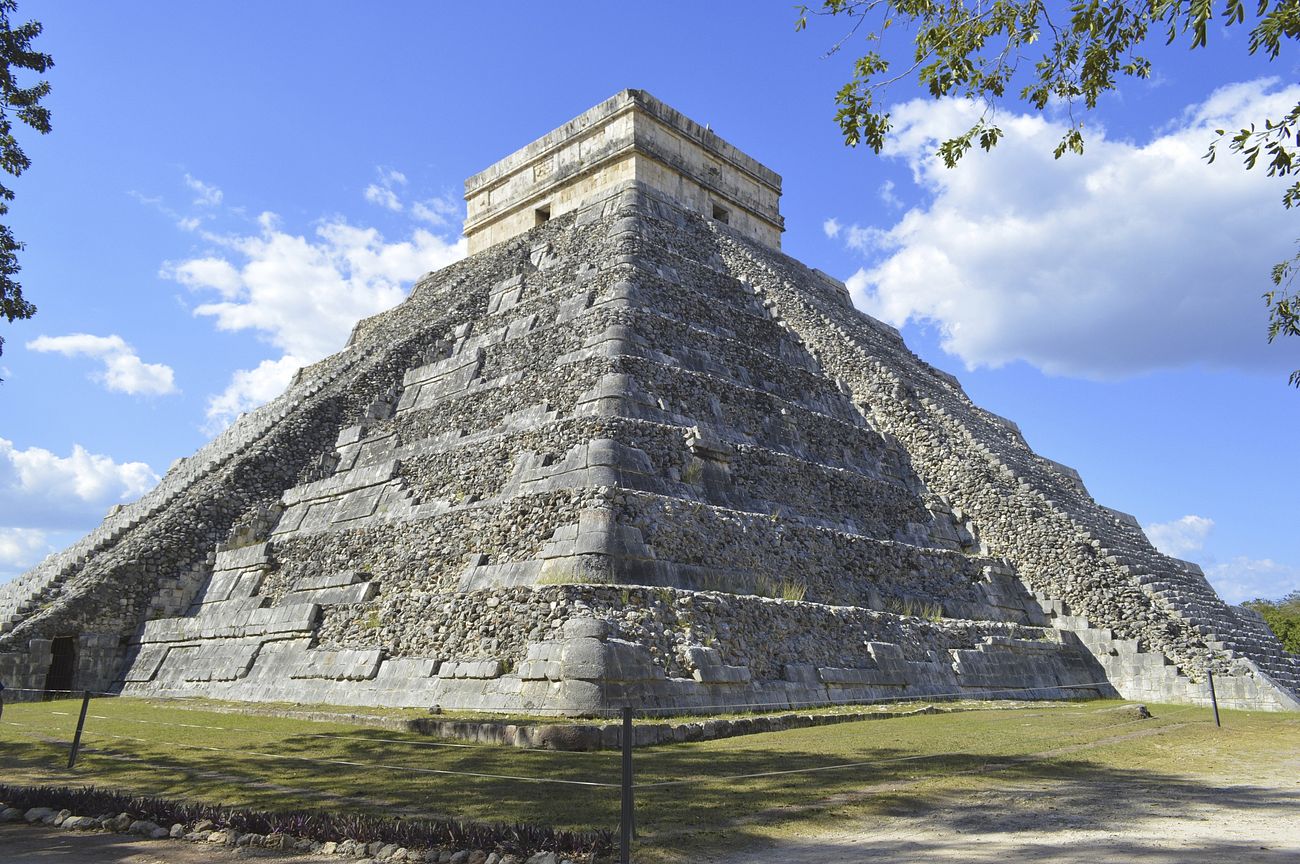In the field of archaeology, communication professionals begin with collecting information and data. This can be collected from satellites and drones using high-tech systems such as Lidar. This data is then translated by artificial intelligence into maps and other visual representations.

This translated information allows specialists in the field to analyze and assess locations before spending time, money, and resources on more intrusive methods of investigation. Each of these steps for collecting, analyzing, and disseminating information with these cutting-edge technologies requires training and an understanding of interacting with these machines.
It also requires a level of acceptance. Factors influencing acceptance of artificial intelligence include cost, support, policies, legal systems, and social context (Yi & Choi, 2023). However, with the acceptance of these helpful technologies, professionals can maximize the potential of these tools.
References
Yi, M., & Choi, H. (2023). What drives the acceptance of AI technology?: The role of expectations and experiences. 2306.13670.pdf (arxiv.org)



